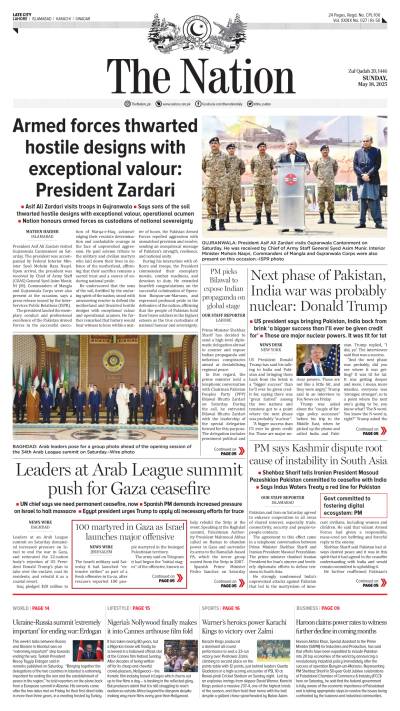When I decided to go to Chitral, and from there to Kalash, I was given conflicting travelling times, and was told that the total duration of the journey from Islamabad to Chitral could be anywhere between fourteen to twenty hours. This great discrepancy perturbed me, and caused me to suspect the honesty of my tour guide, who had provided me with the most optimistic estimate. After the long journey there and back however, I do not blame him or any of the others that gave me varying accounts of the time travelled. With the Lowari Top, the road to Chitral can be very unpredictable.
The journey to Chitral is smooth sailing all the way to the Lowari Pass, which consists of the Lowari Top, a mountain pass at a height of 3118 metres above sea level. The height alone does not seem daunting. Indeed, the other roads that lead to Chitral, through Shandur or parts of Afghanistan are at a much higher altitude. But travel towards Chitral once through this pass, and you will know what I am talking about. A pass that leads to the deaths of roughly eleven people a year is not something to trifle with. A pass that is not traversable by vehicles in the winter, and can lead to the death of even those on foot because of the frequent avalanches in the snow season is no laughing matter. Over 240 kilometres of a steep and narrow dirt track after Dir, crowded with overfilled trucks carrying supplies that Chitral and the outlying villages could not survive without. At points, there are sharp turns that have large streams of glacier water running from end to end.
The most fearsome aspect of this pass however, is when two vehicles meet, coming from opposite ends. This is not a two-lane road. Anyone travelling through this pass will be a frequent witness to drivers reversing and attempting to inch past each other, hoping all the while that the wheels stay on the road and do not slip off at any of the many hair-pin turns that are littered across the road. Obviously inordinate delays and traffic jams are part and parcel of the whole experience. I spent two hours with the van unmoving because a truck driver had turned his tyre an inch in the wrong direction in a glacier stream that led to a wheel being wedged at an awkward angle. Two hours later, with over twelve man pushing and shoving the truck, with another truck also pushing in order to speed up the process, we were finally on our way. At points, one looks out their window towards the ground and can see parts of the tyre hanging off the side of the road, with the vehicle only staying upright because of the weight distribution within. Obviously, driving at high speeds is not an option at all. The average speed on the pass varies anywhere from ten to forty kilometres at best.
The alternative to this dangerous road, is the Lowari Tunnel, an 8.5km stretch beneath the mountain that allows you to circumvent the top altogether. Successive governments since 1975 have been claiming that this is their brainchild, but real work started on the project in 2005, under Musharraf. The current government has set itself the target of the end of 2016 to finish the tunnel, and if it does, the lives of the Chitrali people will benefit greatly as a result of being able to gain access to the rest of the country even during winter. This stated claim however, might not be all it has been trumped up to be. Just last month, the Lowari Tunnel reopened after nearly a month and a half due to snowfall blocking the end of the tunnel. Does the government have a permanent solution for this in mind?
Nineteen hours (or more) of sitting in a cramped van is not for the faint-hearted. But driving is the most feasible and practical way to get to one’s destination in this case. For the average Pakistani, flying to Chitral is not really an option, nor is it practically possible to orchestrate for even the residents that can afford it, if the frequent cancellations due to poor weather are taken into consideration. The beauty of this pass however, can often help in taking the edge off a person, with the threat to one’s life taking the back seat amongst the vast mountains and endless valleys that can been seen everywhere. The sheer joy one feels when looking upon such gorgeous peaks, valleys peppered with glaciers is truly indescribable. One realises their own infinitesimal size compared to the surroundings, and humanity’s feeble attempts to conquer nature seem laughable. The box of metal we travelled in felt like a death trap, but all the while I could not help smiling, because I knew I had made the right decision in choosing to traverse this long road.
The writer is a member of staff.





